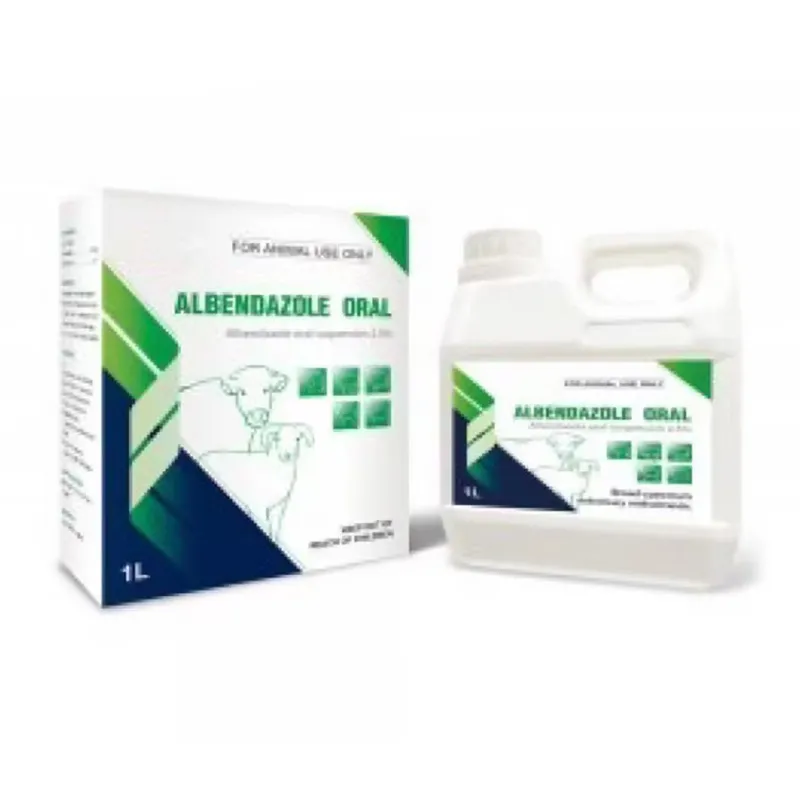- Afrikaans
- Albanian
- Amharic
- Arabic
- Armenian
- Azerbaijani
- Basque
- Belarusian
- Bengali
- Bosnian
- Bulgarian
- Catalan
- Cebuano
- Corsican
- Croatian
- Czech
- Danish
- Dutch
- English
- Esperanto
- Estonian
- Finnish
- French
- Frisian
- Galician
- Georgian
- German
- Greek
- Gujarati
- Haitian Creole
- hausa
- hawaiian
- Hebrew
- Hindi
- Miao
- Hungarian
- Icelandic
- igbo
- Indonesian
- irish
- Italian
- Japanese
- Javanese
- Kannada
- kazakh
- Khmer
- Rwandese
- Korean
- Kurdish
- Kyrgyz
- Lao
- Latin
- Latvian
- Lithuanian
- Luxembourgish
- Macedonian
- Malgashi
- Malay
- Malayalam
- Maltese
- Maori
- Marathi
- Mongolian
- Myanmar
- Nepali
- Norwegian
- Norwegian
- Occitan
- Pashto
- Persian
- Polish
- Portuguese
- Punjabi
- Romanian
- Russian
- Samoan
- Scottish Gaelic
- Serbian
- Sesotho
- Shona
- Sindhi
- Sinhala
- Slovak
- Slovenian
- Somali
- Spanish
- Sundanese
- Swahili
- Swedish
- Tagalog
- Tajik
- Tamil
- Tatar
- Telugu
- Thai
- Turkish
- Turkmen
- Ukrainian
- Urdu
- Uighur
- Uzbek
- Vietnamese
- Welsh
- Bantu
- Yiddish
- Yoruba
- Zulu
Dhj . 03, 2024 14:55 Back to list
disinfectant groups veterinary
Disinfectant Groups in Veterinary Medicine An Overview
In veterinary medicine, maintaining a sterile environment is paramount for protecting the health of animals, preventing disease transmission, and ensuring the safety of both animal and human populations. One critical aspect of this practice is the use of disinfectants, which are substances used to eliminate harmful microorganisms on surfaces, instruments, and in some cases, directly on animals. Disinfectants can be categorized into different groups based on their chemical composition and mechanism of action. Understanding these groups is essential for veterinary professionals in making informed choices about sanitation and infection control.
1. Alcohols
Alcohols, particularly isopropyl alcohol (IPA) and ethyl alcohol (ethanol), are widely used disinfectants in veterinary settings. Their effectiveness stems from their ability to denature proteins and dissolve lipids, thus disrupting cellular membranes of bacteria, viruses, and fungi. Alcohol-based solutions are often used for hand sanitization and surface disinfection. However, their efficacy can be diminished in the presence of organic matter, and they are flammable, which requires careful handling and storage.
2. Quaternary Ammonium Compounds (Quats)
Quaternary ammonium compounds, commonly referred to as quats, are another prominent group of disinfectants used in veterinary practice. They are effective against a wide range of bacteria and are known for their residual activity, meaning they continue to inhibit microbial growth even after the initial application. Quats are often used for cleaning and disinfecting equipment, cages, and other surfaces. However, their effectiveness can be reduced in the presence of organic matter and they may not be as effective against spores and certain viruses.
3. Phenolic Compounds
Phenolic compounds (phenol derivatives) are potent disinfectants that have been used in veterinary medicine for over a century. They are effective against a broad spectrum of microorganisms, including bacteria, viruses, and fungi. Phenolics are commonly used for disinfecting hard surfaces, and their residual activity makes them advantageous in environments where continuous exposure to pathogens is likely. However, they can be toxic to some animals and humans if not used properly, and may cause irritation to the skin and respiratory tract.
disinfectant groups veterinary

Chlorine compounds, such as sodium hypochlorite (bleach), are powerful disinfectants known for their rapid antimicrobial action. They are particularly effective against viruses and bacteria, making them valuable in controlling outbreaks in veterinary clinics and shelters. Chlorine solutions can be used to disinfect surfaces, equipment, and even water supplies. However, their corrosive nature can damage certain materials, and they can also be harmful to animals if ingested or if they come into direct contact with unprotected skin.
5. Hydrogen Peroxide
Hydrogen peroxide is another versatile disinfectant commonly used in veterinary settings. It acts by producing free radicals that damage cellular components of microorganisms. Due to its strong oxidizing properties, hydrogen peroxide is effective against bacteria, viruses, spores, and fungi. One of its significant advantages is that it breaks down into water and oxygen, leaving no harmful residues. However, the concentration and contact time are crucial for its effectiveness, and it may cause irritation to skin and mucous membranes.
6. Iodine Compounds
Iodine-based disinfectants, such as povidone-iodine, are frequently used in veterinary medicine for their broad antimicrobial spectrum. They are especially beneficial for skin disinfection before surgeries or procedures. Iodine compounds kill microorganisms by halogenation of amino acids and unsaturated fatty acids, leading to cell death. They are effective against bacteria, viruses, fungi, and certain spores, yet can cause staining and allergic reactions in some animals.
Conclusion
Understanding the various groups of disinfectants is crucial for veterinary professionals to effectively manage infection control and ensure a safe environment for patients and staff. By selecting the appropriate disinfectant based on the specific needs of the situation—taking into consideration factors such as effectiveness, safety, and potential environmental impact—veterinarians can optimize their sanitation protocols. Regular training and updates on best practices for disinfectant use will help veterinary teams stay informed and responsive to the evolving challenges in animal healthcare. As the field of veterinary medicine continues to advance, the importance of effective disinfectant practices will remain a cornerstone of maintaining animal health and preventing disease outbreaks.
-
Guide to Oxytetracycline Injection
NewsMar.27,2025
-
Guide to Colistin Sulphate
NewsMar.27,2025
-
Gentamicin Sulfate: Uses, Price, And Key Information
NewsMar.27,2025
-
Enrofloxacin Injection: Uses, Price, And Supplier Information
NewsMar.27,2025
-
Dexamethasone Sodium Phosphate Injection: Uses, Price, And Key Information
NewsMar.27,2025
-
Albendazole Tablet: Uses, Dosage, Cost, And Key Information
NewsMar.27,2025













